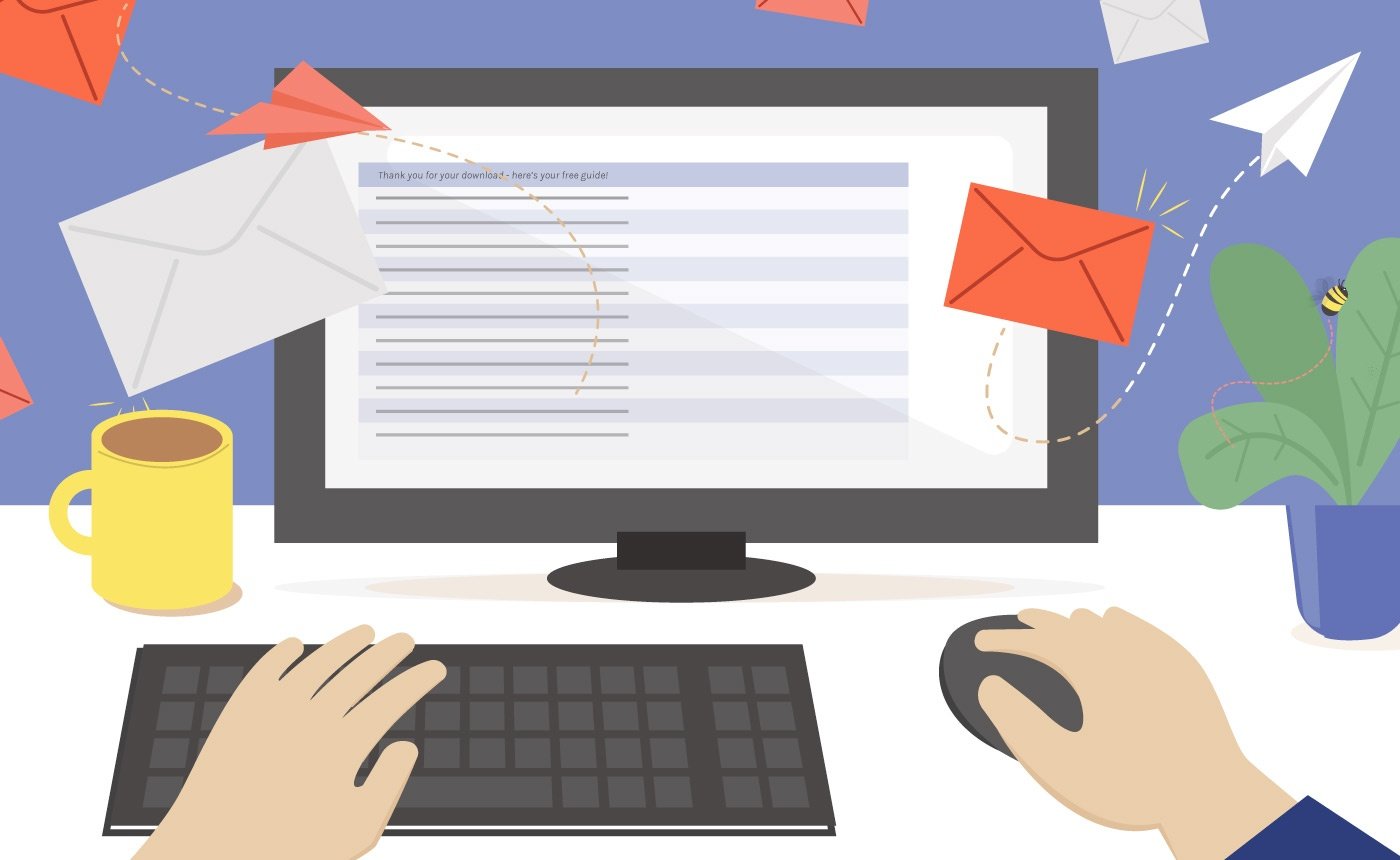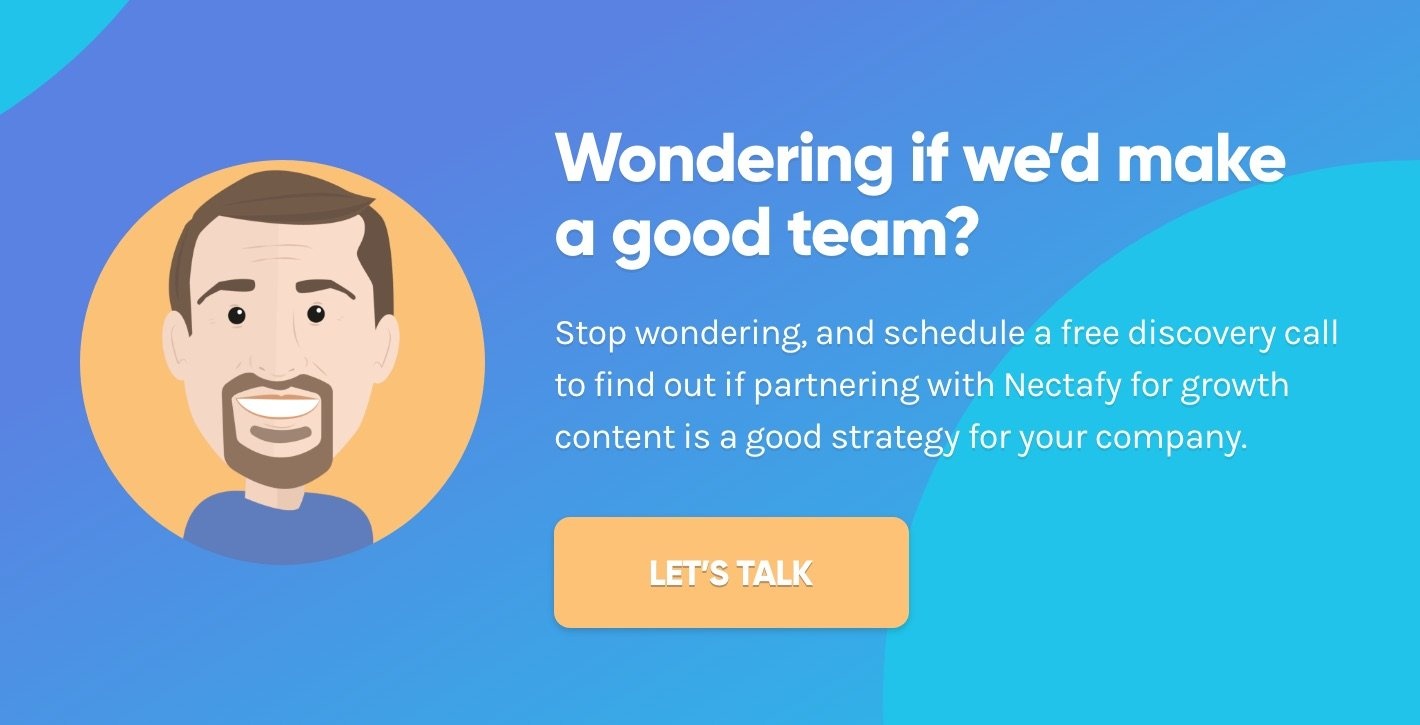The Overpromise Of Email Nurture


 Here’s the story we’ve always heard about how email nurture sequences supports inbound marketing:
Here’s the story we’ve always heard about how email nurture sequences supports inbound marketing:
People come to your site and download guides, white papers, templates, etc., in return for their email addresses. You begin “nurturing” your relationship with them by emailing more content designed to provide value. Over time, those emails lead to additional downloads until eventually, those people become customers.
That’s the story.
However, in our experience at Nectafy, email nurture almost never produces these results. Whether it’s because we don’t know how to do it the right way or because our emails are for a different purpose, we haven’t seen email nurture work the way it’s “supposed” to work.
Right after we began our HubSpot experiment, we would write five or six emails corresponding to an offer we created. The way we wrote those then (and the way we still write them today) was to create a conversion that moves the reader “down the funnel,” from site visitors to leads to happy customers. Overall, we’ve gained exactly one client over the last five years through email nurture.
Yeah, that number isn’t exactly what we thought it would be. So what’s going on—is it the process? Is it us?
What We Learned & Takeaways For Your Company
If you do email nurture, measure it to see if it’s actually working.
It’s easy to tell yourself that just because you’re doing something means you’re doing good—but that’s an incorrect assumption. In our case, our data showed that nothing was really happening with our email nurture sequences. They simply had no impact on our business at all.
Different personas react differently to email nurture sequences.
While there were probably things we could have tweaked to get more conversions from those emails, we ended up turning them off completely. Why? Because in the process of reviewing them, we learned something that would have a much more powerful impact on our company: Our persona is a decision-maker—they act, they get things done, they move on. For us, that looks like this: Our best clients hit our website, take 20 minutes to read our content, like what they see, and then request to talk to us. No long nurture sequence necessary.
If your industry’s persona is a researching, cautious thinker, email nurture might be more effective, and worth trying and measuring. Just because an idea works for one company doesn’t mean the same method will work for you.
Knowing how your persona thinks and what they really want will steer you in the right direction.
Tweak your growth content—whether it's an email nurture sequence, a blog post, or your strategy as a whole—to match the way your persona takes in information and makes decisions.
In our case, we were doing all the “right” things—offering meaningful, valuable emails with good subject lines—and not getting any response or conversion. Now, we take a look at top-of-funnel leads to see if they’re potential MQLs. If we think they have potential, we immediately follow up with human interaction, like a personal email or video from Lance. We have around 100 leads per month, so filtering through MQLs is doable for our team.
Before you jump into time-wasting processes, think about how they’ll impact your persona.
There could be thousands of reasons typical email nurture didn’t work for us, but ultimately, our takeaway is this: Don’t follow a pattern blindly or do it “just because...” Think your processes (like email nurture sequences) through, and then test them to prove whether or not they are successful in helping you meet your goals.
What’s been your experience with email nurture?
If email nurture works for your B2B company, we want to know what you’ve done to make it successful. And if not, we’d love to hear what you’re doing instead! Just leave a comment here.

